Over two hundred of the Alter Rebbe’s descendants (“tze’etzoim”) assembled in Crown Heights for their annual Melaveh Malka, on Motzo’ei Shabbos, 25 Teves, in close proximity to his 211th yohrtzeit.
Over two hundred of the Alter Rebbe’s descendants (“tze’etzoim”) assembled for their annual Melaveh Malka, on Motzo’ei Shabbos, 25 Teves, in close proximity to his 211th yohrtzeit. The attendees included Chabad Chassidim, as well as members of other Chassidic communities all united with the great privilege of numbering among the Alter Rebbe’s descendants.
“Arbo’im Shonoh” – Dvar Malchus
The Melaveh Malka started when Rabbi Shmuel Butman—chairman of the Association of the Descendants of the Alter Rebbe, and director of the Lubavitch Youth Organization –noted with much emotion that this marks forty years since the Rebbe’s famous Sichoh on Shabbos 25 Teves, like this year, exactly 40 years ago to the day.
Back then, Rabbi Butman related, he wasn’t sure whether to hold the gathering the previous Motzo’ei Shabbos, or the one following Shabbos 25 Teves. Ultimately, he decided on the latter option but wasn’t certain whether he had made the right choice. During the farbrengen that Shabbos, the Rebbe mentioned the Melaveh Malka of the tze’etzoim taking place that night, “Bismichus” –“in proximity to the Yom Hahiluloh.”
When the Rebbe entered for the farbrengen, the Rebbe’s mazkir, Rabbi Leibel Groner brought a small bottle of Mashke and placed it on the table in front of the Rebbe. During the farbrengen, the Rebbe dedicated an entire Sichoh to discussing the “tze’etzoim.” In that Sichoh, the Rebbe focused on the nusach of the brocha over Torah study that we recite every morning. In contrast to other versions, which state, “Vetze’etzoei Tzeotzoeinu” –“May we, our descendants, and the descendants of our descendants,” the Alter Rebbe, however, includes only “Vetze’eotzoeinu“ –”May we and our descendants.” The Rebbe explained: The former version limits itself to only three generations, while the term “Vetze’etzoeinu” –“our descendants” on its own includes all future generations.
We thus see, said the Rebbe, something mindboggling and heartwarming: All of the Alter Rebbe’s descendants throughout all the generations –the Mitteler Rebbe included– are referred to in one and the same word “Vetze’etzoei.”
The Rebbe added that to add encouragement for the Melaveh Malka, the Rebbe would give a bottle of Mashke for the gathering. The Rebbe mentioned that this bottle came from chassidim in “Russia, the country where the Alter Rebbe was.” The Rebbe then called Rabbi Butman to come over, and the Rebbe gave him the bottle.
“Throughout all the years,” stressed Rabbi Butman, “we merited to see much encouragement from the Rebbe in letters, Maanos, and bottles of mashke.”
All participants and Speakers Are Alter Rebbe’s Descendants
The unique matter about this Melaveh Malka is that all the participants and speakers are among the Alter Rebbe’s descendants. It is clear from the Rebbe’s special attention to this gathering that the Rebbe wants to empower every participant –young or old– with the awareness of the tremendous privilege and responsibility that comes along with numbering amongst the Alter Rebbe’s descendants. This feeling is only possible when all the participants and speakers are Descendants.
Alter Rebbe’s Nigunim
The Alter Rebbe teaches that a nigun is “the quill of the heart” and enables a person to rise above and transcend any limitations they may find themselves in. In this light, the descendants sang the Alter Rebbe’s ten nigunim.
They were led by Rabbi Yosef Zirkind with his sweet and pleasant voice. He is the son of Rabbi Yitzchok Zirkind, son-in-law of Rabbi Yitzchak Dovid Groner — both of whom would regularly attend the annual gathering (Rabbi Groner—whenever he was in town at the time).
Accompanying music was played by the renowned musician Choni Milecki, whose great grandfather, R. Elchonon Morozov, was taught by the Rebbe Rashab the ten Niggunim composed by the Alter Rebbe.
Distribution of the Shulchan Aruch
As customary, the Alter Rebbe’s Shulchan Aruch was divided amongst the participants to be concluded jointly during the coming year. Each participant’s commitment was marked on a computer in the hall. By the end of the event, the two rounds of the Chalukoh were holding at 87 percent taken.
As a continuation of the division among the descendants, it is now being offered to the community at large, and everyone can participate by signing up at www.AlterRebbe.org and choosing the section they will commit to study. There, you can download the relevant pages in PDF format. Throughout the year, reminders will be sent to the participants regarding their commitment. This campaign unites Jews across the globe in the study of the Alter Rebbe’s teachings and enables the Shulchan Aruch to be concluded multiple times.
“The Great Privilege and Responsibility”
Among the speakers was Rabbi Dr. Bentzion Twersky, son of the famous author Rabbi Avrohom Twersky, descendant of the Kedushas Tziyon of Bobov; Horav Hatzadik R’ Mordechai Dov of Horensteipel, a grandson of Horav Hatzadik R’ Yaakov Yisroel of Cherkas, son-in-law of the Mitteler Rebbe.
In his speech, he emphasized the way of the Alter Rebbe, followed by all Chabad Rebbeim, to bring every Jew close, notwithstanding his level of Torah observance. He related several stories about what his distinguished father used to do and drew directives to follow suit.
Rabbi Twersky noted that as a child in Pittsburgh, he learned for several years in the Yeshiva Achei Temimim Chabad and absorbed the Alter Rebbe’s holiness and greatness from a young age.
“We need to understand that even when the Alter Rebbe was in prison, he was completely devoted to Hashem and His Torah,” and this is our inheritance from the Alter Rebbe. Rabbi Twersky emphasized that each of the descendants has the Alter Rebbe’s DNA.
Rabbi Naftoli Citron, Rav of the Carlebach Shul in the Upper West Side addressed the audience. He is a grandson of R. Eli Chaim Carlebach, and a great-grandson of R. Schneur Zalman Schneerson. His lineage traces five generations, ben achar ben, to the Tzemach Tzedek.
Rabbi Citron ably stressed how you can see how every word in the Alter Rebbe’s Shulchan Aruch is extremely measured and precise. Rabbi Citron masterfully demonstrated this point with several examples.
A L’chatchiloh Ariber Approach
A new face was Rabbi Yisroel Beck, the Rov of the Cherkas kehiloh in Monsey, New York, and grandson of Horav Hatzadik R’ Yaakov Yisroel of Cherkas, son-in-law of the Mitteler Rebbe. Rabbi Beck noted the Rebbe’s unique approach in all matters in the way of L’chatchiloh Ariber.
He brought an interesting example from the idea of the “tze’etzo’im.” Some ask, why make a big deal about yichus? Especially does who come from Bevel. A child should sit and learn Torah humbly without mixing in matters that could represent Chitzoniyus – outside influence of self-importance. But the Rebbe wasn’t bothered by this and viewed it from the perspective of L’chatchiloh Ariber. If this can encourage the child with the awareness that he must live up to his great privilege and responsibility of being a Descendant — this is the proper approach.
Siyum and Hascholo
A Siyum on the Alter Rebbe’s Shulchan Aruch was made by Rabbi Menachem Mendel Schneerson, son of Rabbi Sholom Dovber Schneerson and grandson of Rabbi Schneur Zalman Schneerson.
He learned the final Halacha, which discusses the laws of “Chassimo” –muzzling an animal while it works. The Alter Rebbe rules that if one is taking muzzled animals from place to place, even if they tread upon grain and it gets threshed, he isn’t liable for muzzling them. This is because it was not his intention for them to thresh the grain. The Alter Rebbe concludes that the same applies “in all similar situations.”
Rabbi Menachem Mendel Schneerson made the siyum in memory of his mother, Rebbetzin Sheina bas Horav Hachossid R’ Yehuda Chitrik, who passed away this year.
Rabbi Schneerson mentioned the Rebbe’s words on Chof Daled Teves 5717, when the Rebbe asked about the association between a joyous Hilula (celebration) and a Tzadik’s yohrzteit. The Rebbe explained that the joy is due to the culmination and completion of the Tzadik’s divine service in this physical world. The Rebbe also mentioned that generally, to be connected to a Tzadik, it requires avodah of following in the tzaddik’s ways. But for those who were privileged to be one of the tzadik’s descendants, the connection is inherently there “as a father inherits to his children.”
Rabbi Michoel Seligson, a celebrated author and Mashpia, son of the Rebbe’s doctor R’ Avrohom Aba Seligson, a descendant of the Alter Rebbe, began the study anew by reading the first halacha, which begins, “Yehuda ben Teimoh says…” that one shouldn’t be ashamed before those who scoff.
Rabbi Seligson related that the Rebbe demonstrated from here that one needn’t be nispo’el (affected in any way) from the world. Someone once asked he Rebbe: “Aren’t there four billion goyim?” The Rebbe answered that “those four billion goyim exist to help a Jew.”
A Pa”n to the Alter Rebbe
The Frierdiker Rebbe once said that singing the Alter Rebbe’s nigun of Arba Bovos is analogous to sending a Pa”n (personal petition) to the Alter Rebbe. The highlight of the gathering is when the tze’etzo’im sing this nigun together. First, they sang the Nigun Hachonoh, then the Alter Rebbe’s nigun, followed by Nyeh Zhuritze Chloptzi.
Next year in Yerusholayim
Rabbi Butman also made special mention of R. Avrohom Michoel ben Yaakov Shimshon Halevi Flint , who was a steady attendee of the gathering and whose yohrtzeit is coming up on 26 Teves, two days after Chof Daled Teves.
Rabbi Butman thanked his son, Rabbi Yosef Yitzchok Butman, for his generous help in arranging the melaveh malka, and gave him a brocha that the Alter Rebbe’s zechus should stand for him and his family in everything.
Rabbi Butman announced that the next gathering will Be”H take place in Yerusholayim Ir Hakodesh, together with the Alter Rebbe and the Rebbe.
The tze’etzoim left the gathering with renewed inspiration to live up to their ancestor’s spirit and ways.
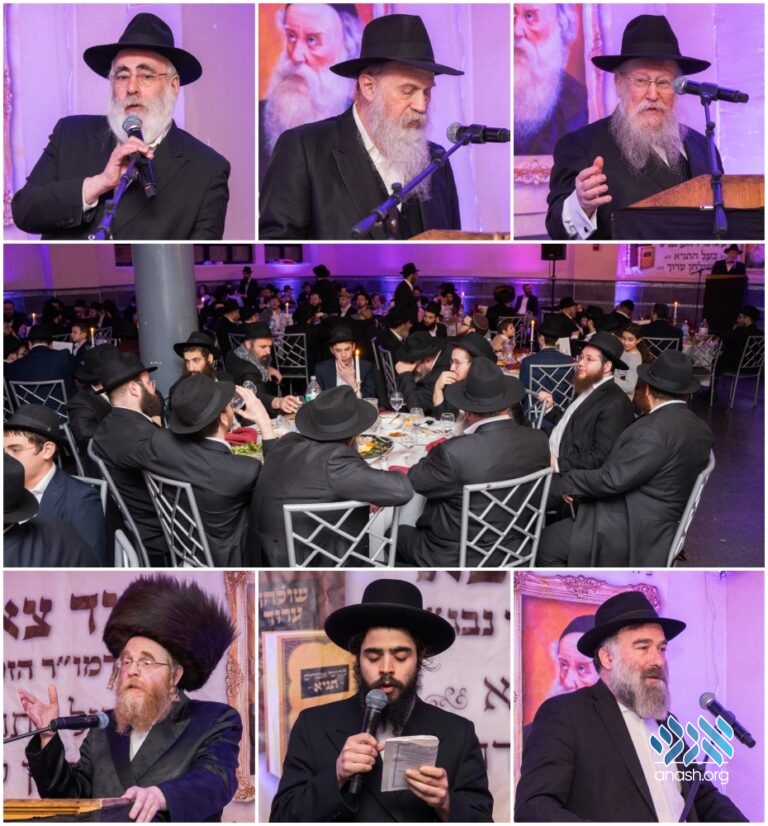
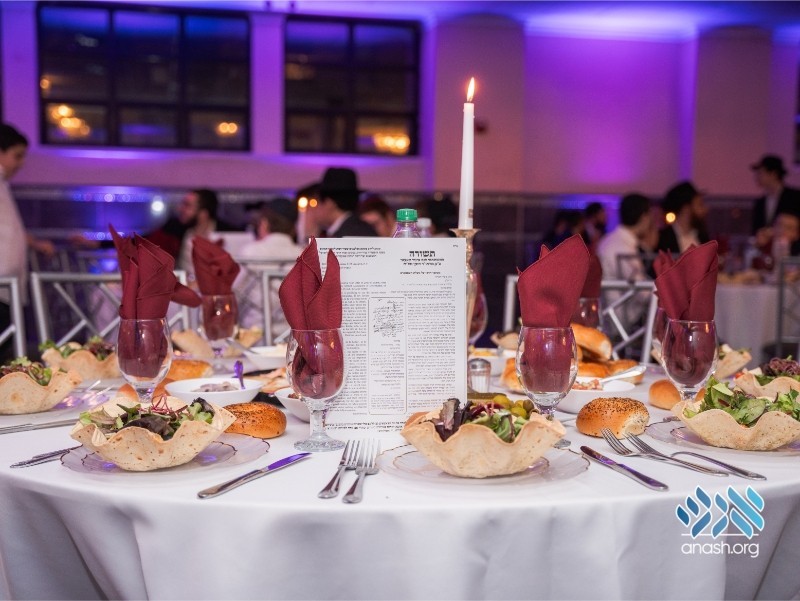
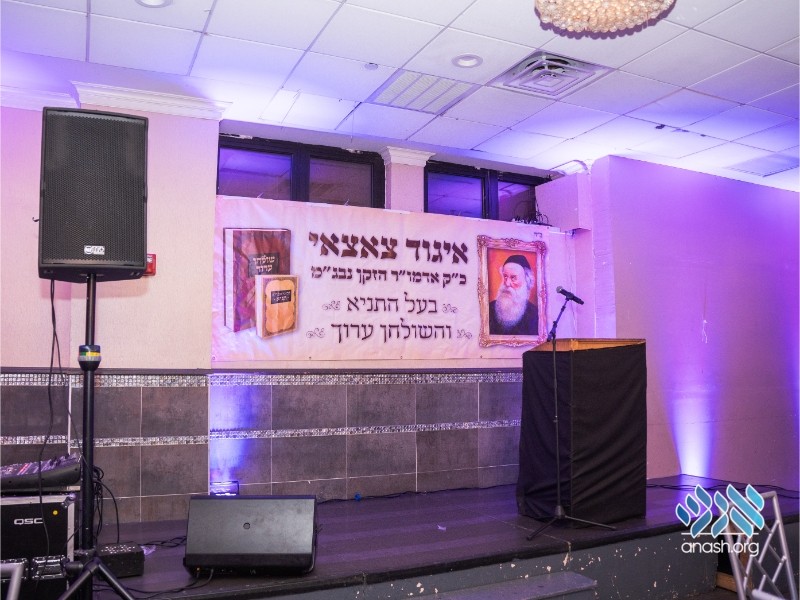

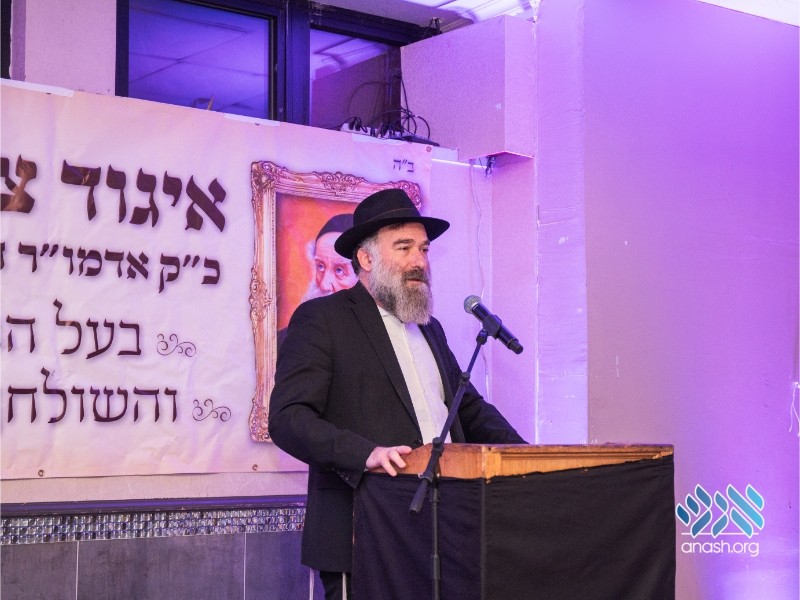
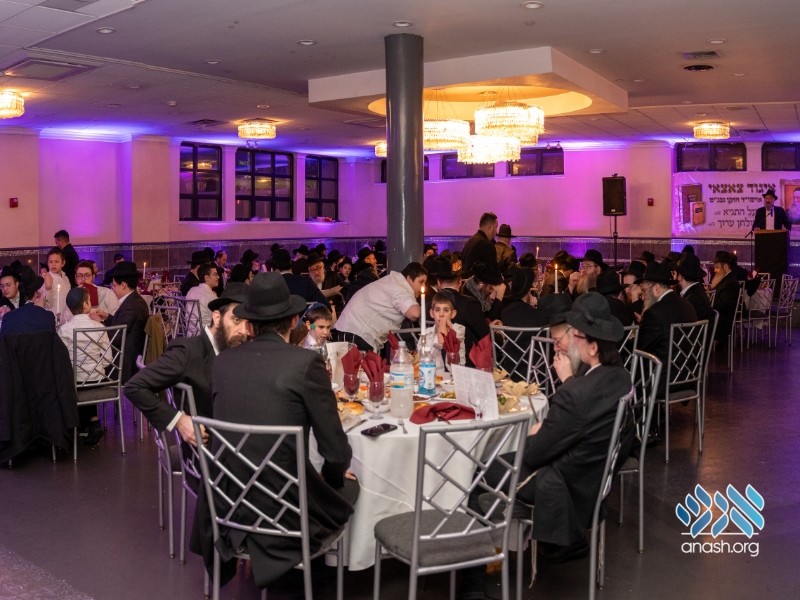
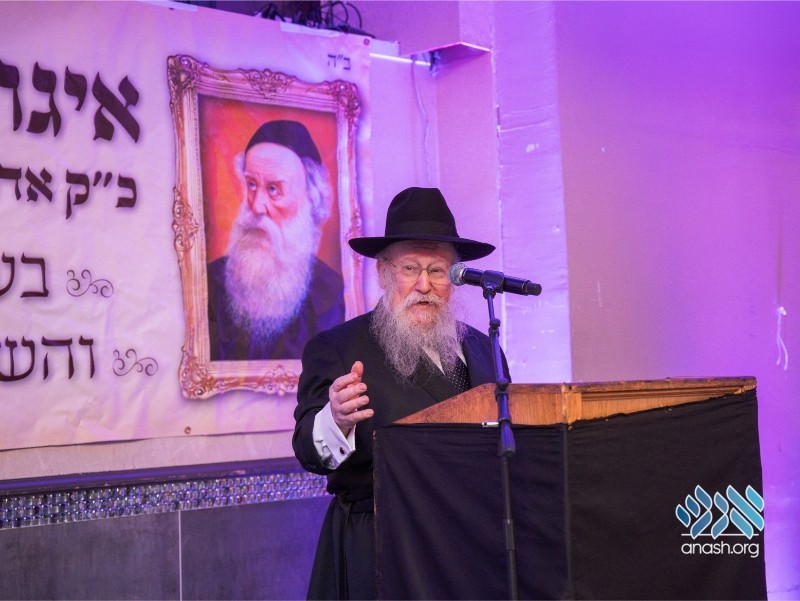


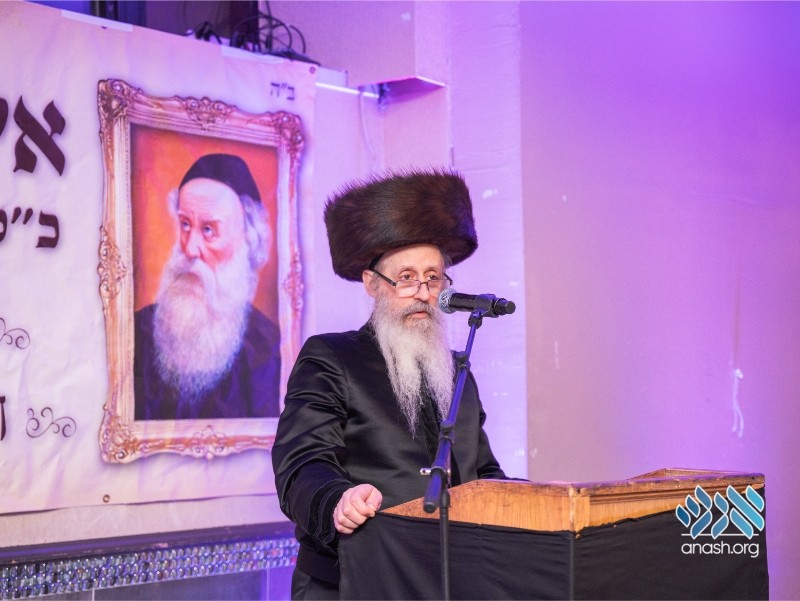
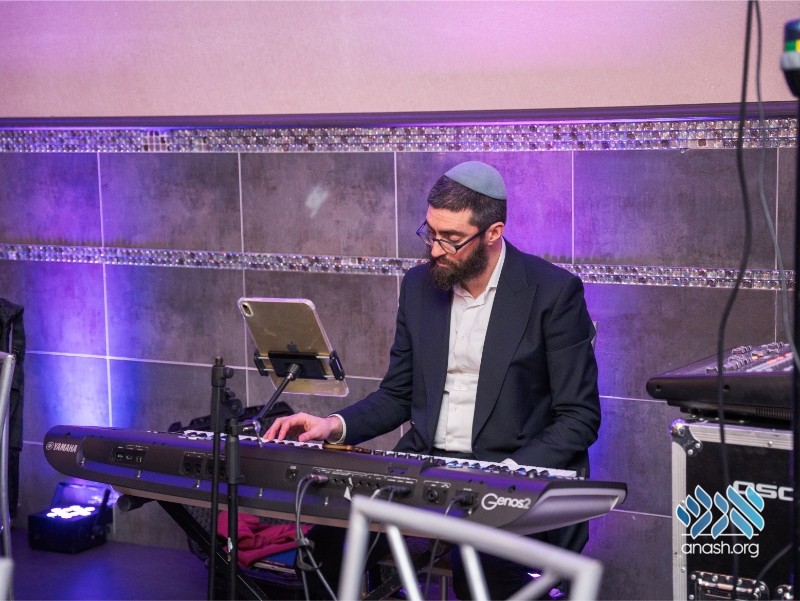
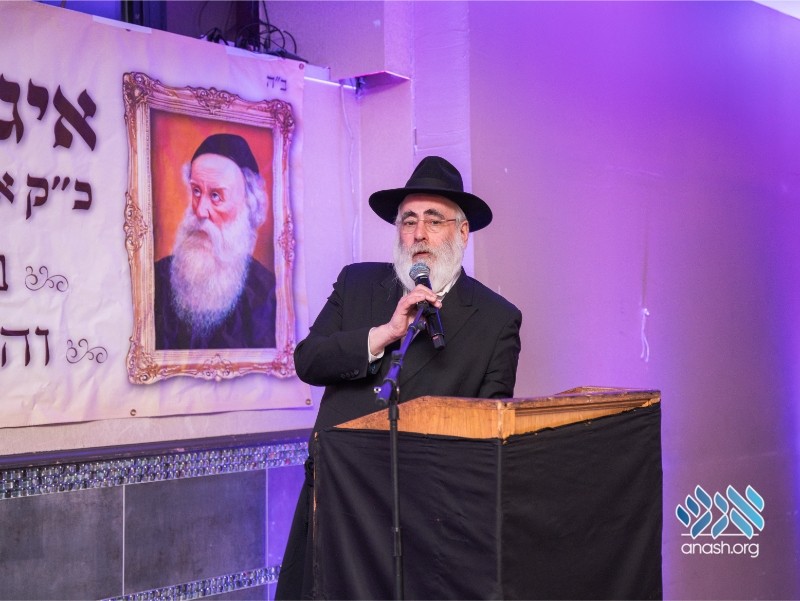
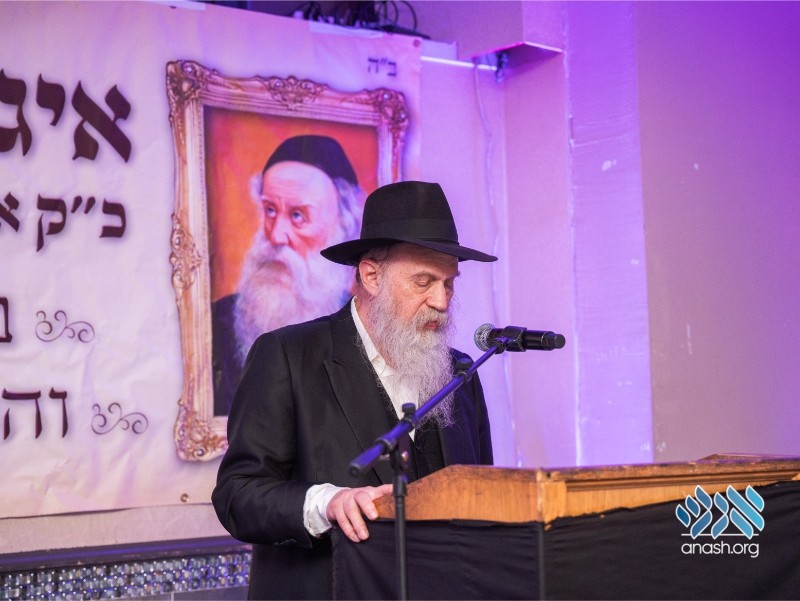
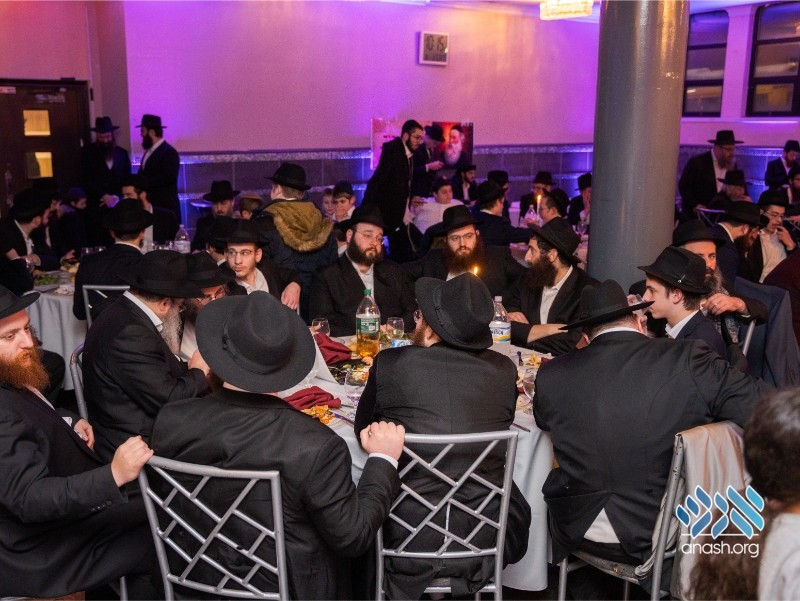

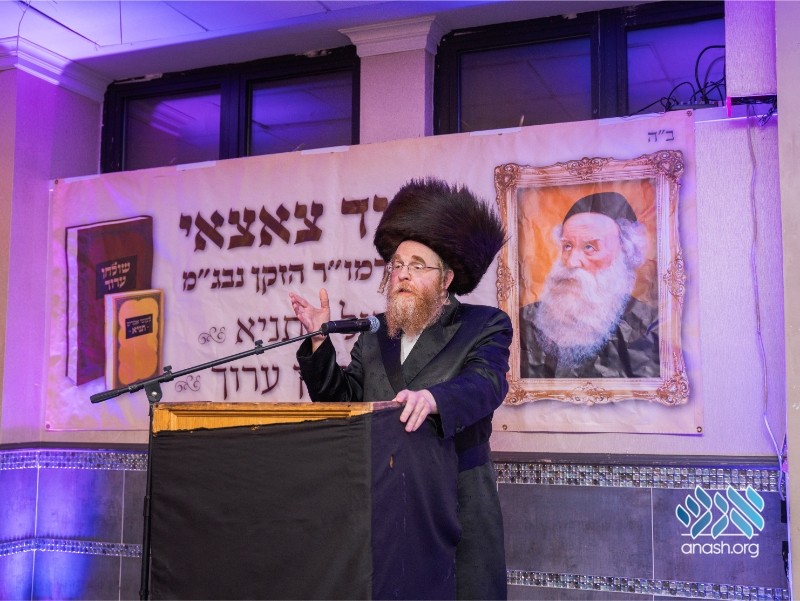
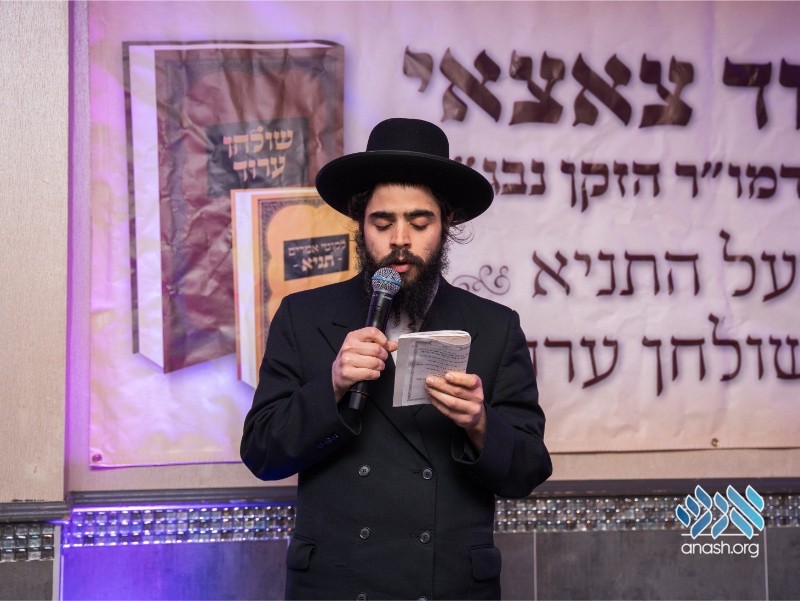
Discussion
In keeping in line with the Rabbonim's policies for websites, we do not allow comments. However, our Rabbonim have approved of including input on articles of substance (Torah, history, memories etc.)
We appreciate your feedback. If you have any additional information to contribute to this article, it will be added below.